Concrete is a crucial building material, especially to Chicago. Chicago features several incredible concrete buildings, and the material has been used all over the world. Concrete is one of the oldest building materials and will continue to be crucial to construction for many decades to come. But how much do you know about it? How is concrete made? We’ll answer that today. But first:
What is concrete?
To put it simply, concrete is a mixture of rubble, water, and cement. The mixture comes together to form “liquid stone.” The mixture, then, can be poured into molds and shaped into your dream design.
But while it sounds simple, this formula has taken thousands of years to perfect.
How is concrete made?
Mixing rubble (known as aggregate), water, and cement into a paste creates concrete. However, this seemingly simple combination gets complicated very quickly.
Proportioning and mixing the ingredients properly is key to quality to concrete. This mixture determines how strong the concrete will be. While the quality of the paste components determines the concrete’s character, the ratio of water to cement is what determines the concrete’s strength. High quality concrete has a lower water to cement ratio, which leads to a stronger material.

Admixtures
When asking “how is concrete made,” you can’t forget about admixtures. Nowadays, concrete contains a lot of admixtures based on what it’s being used for. The admixtures are also called additives and they can help create a specialty type of concrete specifically for each project.
Some admixtures that can be added include:
- Set-Retarding
- This delays the chemical reaction that takes place when the concrete starts to set. These are commonly used to reduce the effect that high-temperatures have on concrete’s setting process.
- Air-Entrainment
- This increases the durability of concrete through cycles of freezing and thawing. Using this in areas with frequent cycles of wet and dry can increase resistance to severe frost and freeze/thaw cycles
- Water-Reducing
- These admixtures allow for greater strength at lower cement amounts. The concrete produced with this admixture results in lower CO2 emissions and energy usage per volume of concrete, and is ultimately more environmentally friendly. This results in a stronger concrete that can be used in conditions that would normally erode concrete.
- Accelerating
- These are the opposite of set-retarding admixtures. They speed up at the set time of concrete and are especially helpful when pouring concrete in cold weather.
- Shrinkage Reducing
- This admixture helps reduce early and long-term shrinkage. In certain situations, cracking caused by shrinkage can lead to serious durability problems.
- Superplasticizers
- This helps produce a high slump in concrete, which is helpful for building heavily reinforced structures. It also improves workability in most types of cement.
- Corrosion-Inhibiting
- As the name says, this admixture helps reduce corrosion of concrete structures. Although it doesn’t affect long-term strength, this could also help early concrete strength.
The answer to “how is concrete made,” is more complicated than just mixing ingredients together. Making concrete depends on several different factors, such as which project the concrete will be used for, as well as what will be added to help the concrete be as strong and durable as possible.
You can order your concrete through Elston Materials, Chicago’s #1 source for masonry construction supplies.


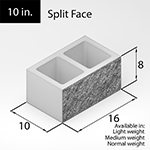
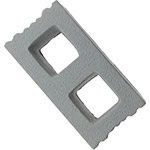

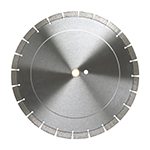

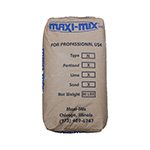

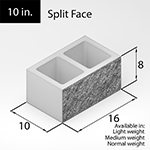

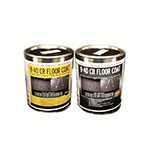

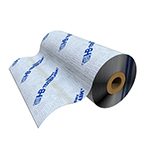



Pingback: how many swipes per day on tinder
Pingback: free no registration dating website
Pingback: Masonry and Concrete: What is the Difference? - Elston Materials, LLC
Pingback: keto broccoli casserole
Pingback: 1gloucestershire